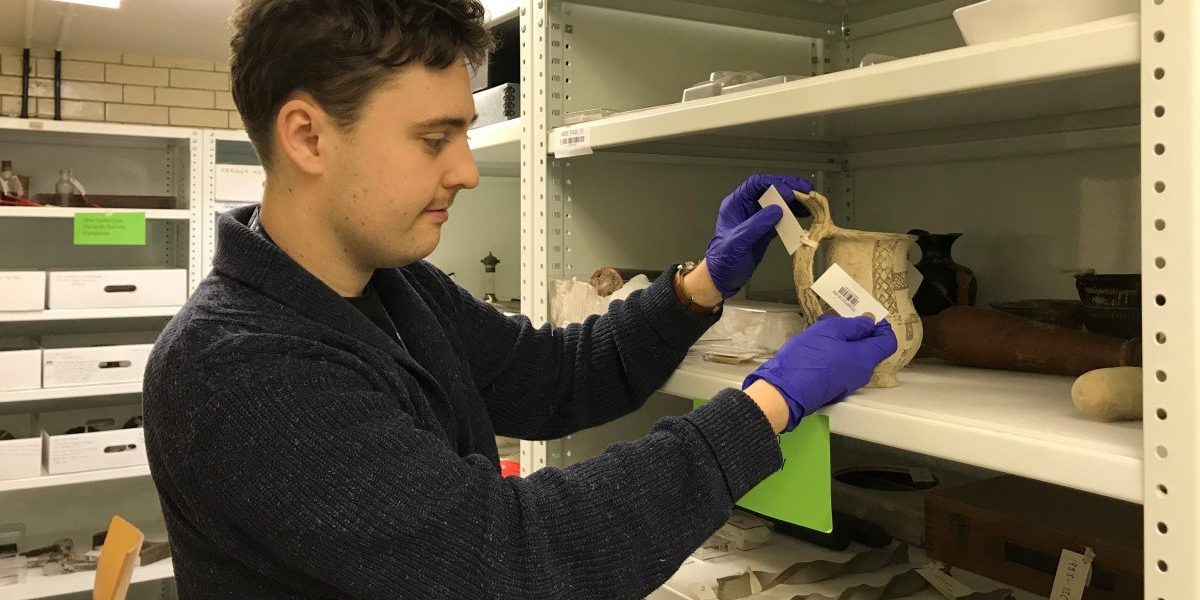At the Blythe House object store in west London, over 50 people are working hard to study, record, digitise, pack and transport 300,000 incredible items from the Science Museum Group Collection to their new home at the National Collections Centre in Wiltshire which will open regularly to the public from 2023.
This blog series goes behind the scenes with the teams making this ambitious project happen.
Hello, we are the Inventory Team. Our job is to inventory every object in the Blythe House store – that’s over 300,000 objects to study and record information about.
After the Hazards team checks each object, our team assesses the object’s condition, prints a label and barcode for the object, assigns the barcode to that object in our collection database and records the object’s current location.
Each shelf in over a hundred rooms in the store has its own barcode, so by scanning the object and shelf barcodes we can easily record the location in the collection database.
In less than a year we’ve already studied, barcoded and recorded data on 110,000 objects and by the time we finish the inventory process, we’ll have up-to-date records for over 300,000 objects in the store.

Through our inventory process we’ve reduced the chance of human error (thanks to printed labels and barcode scanning), updated incorrect locations for objects and created an better process for recording objects requiring conservation.
Working behind the scenes in museum stores attracts people who are curious, lifelong learners with a strong attention for detail and a great sense of humour. One of the biggest draws is the opportunity to work up close with a range of objects everyday.
Objects in the Science Museum Group Collection are grouped together in different categories and our team’s favourite category so far is Classical and Medieval Medicine.
You might be surprised to know that we care for archaeological artifacts, many of which are thousands of years old, covering the history of medicine. These items are part of the Wellcome Collection, which we care for on behalf of the Wellcome Trust.
You’ll be able to see much more of our medical collections when the new Medicine Galleries open at the Science Museum later this year.
Other categories include surgery, microscopes, telecommunications, printing and writing, astronomy and industrial chemistry. But that only scratches the surface of what we’ve seen so far and what’s still left to study.
Here are some of our favourite finds so far:
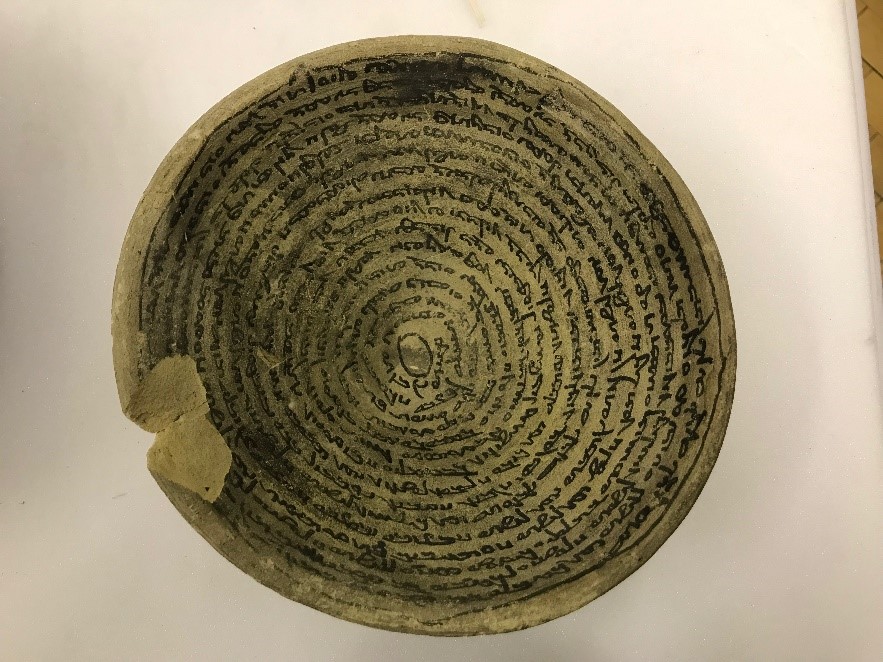
This Babylonian terracotta bowl has a spiral Syriac inscription on the inside. It may be an incantation bowl. Often called ‘devil-trap’ or ‘magic’ bowls, they were meant to capture malevolent spirits or demons.
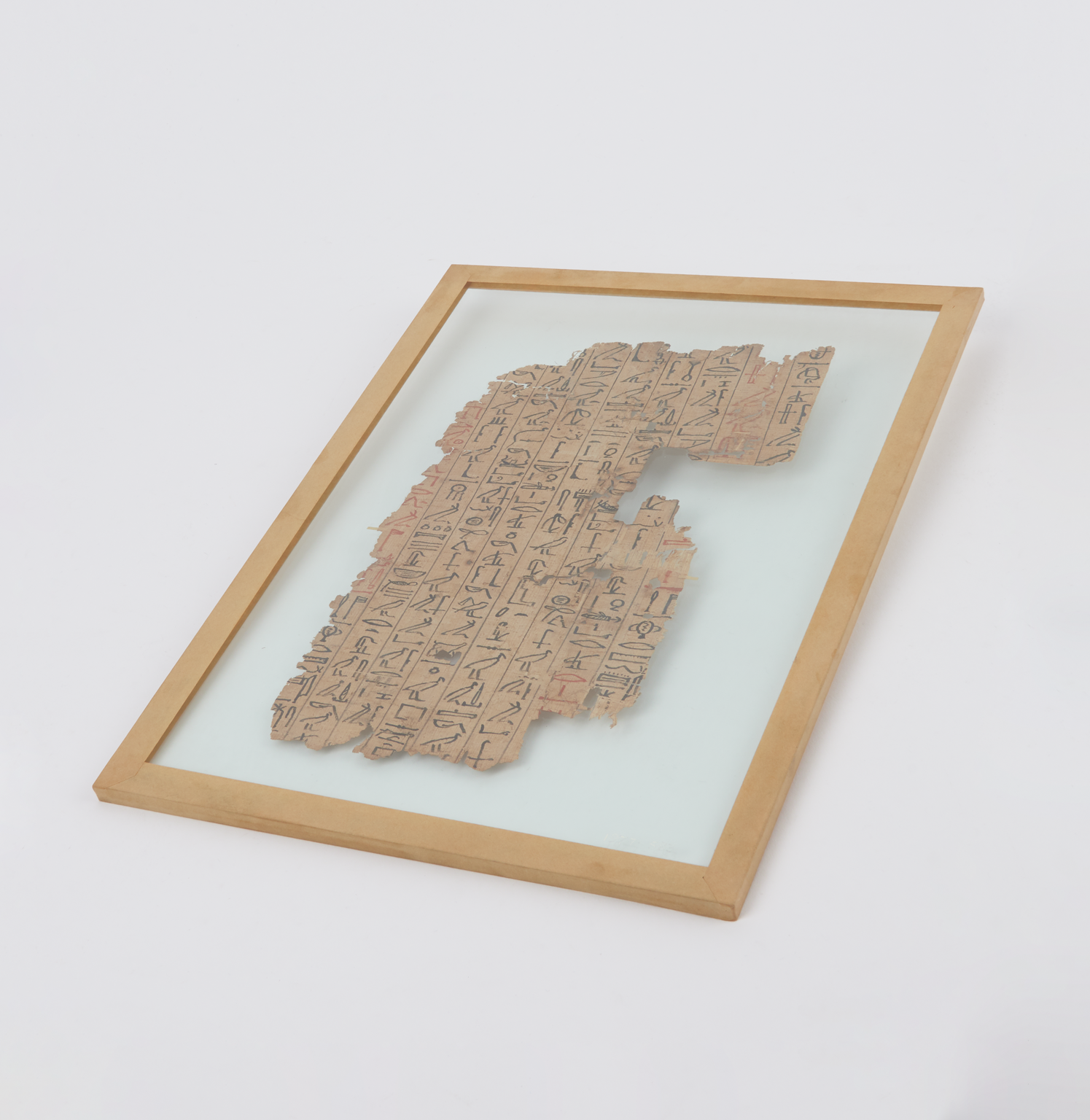
While inventorying the Printing and Writing collection, we discovered an ancient piece of papyrus among the multitude of typewriters filling the shelves.
The Egyptian papyrus dates from 1400-1200 BC and has hieroglyphic inscriptions from the ‘Book of the Dead’. It was used in an art installation by David Shrigley.
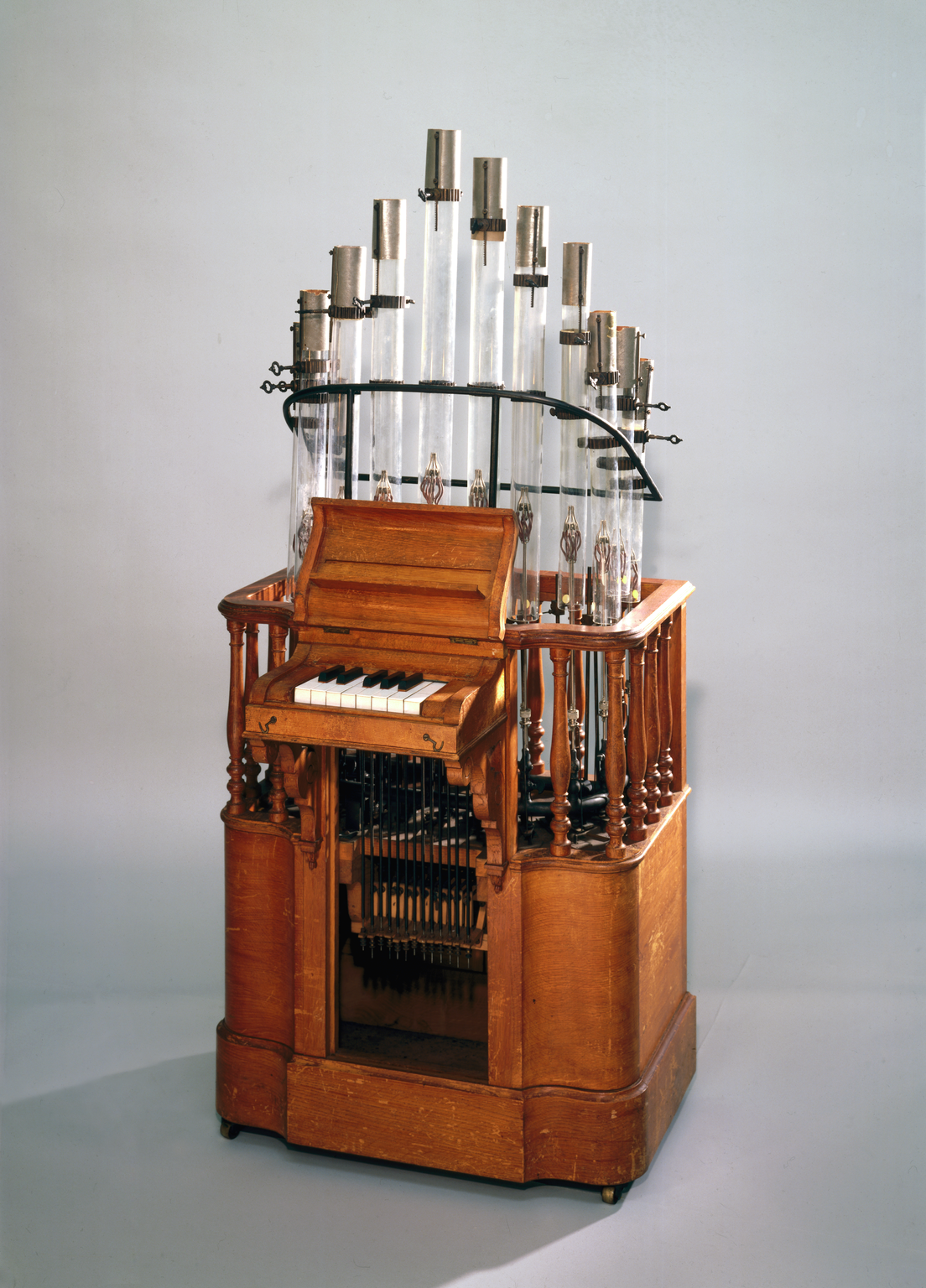
One of the more surprising objects we’ve unexpectedly discovered while working in the Sound Reproduction collection was a pyrophone. It’s a musical instrument in which flames encased in pipes are used to produce musical notes.
This is the original pyrophone, invented and patented by Frédéric Kastner in France in 1873. To learn more, check out the pyrophone’s very own blog here.
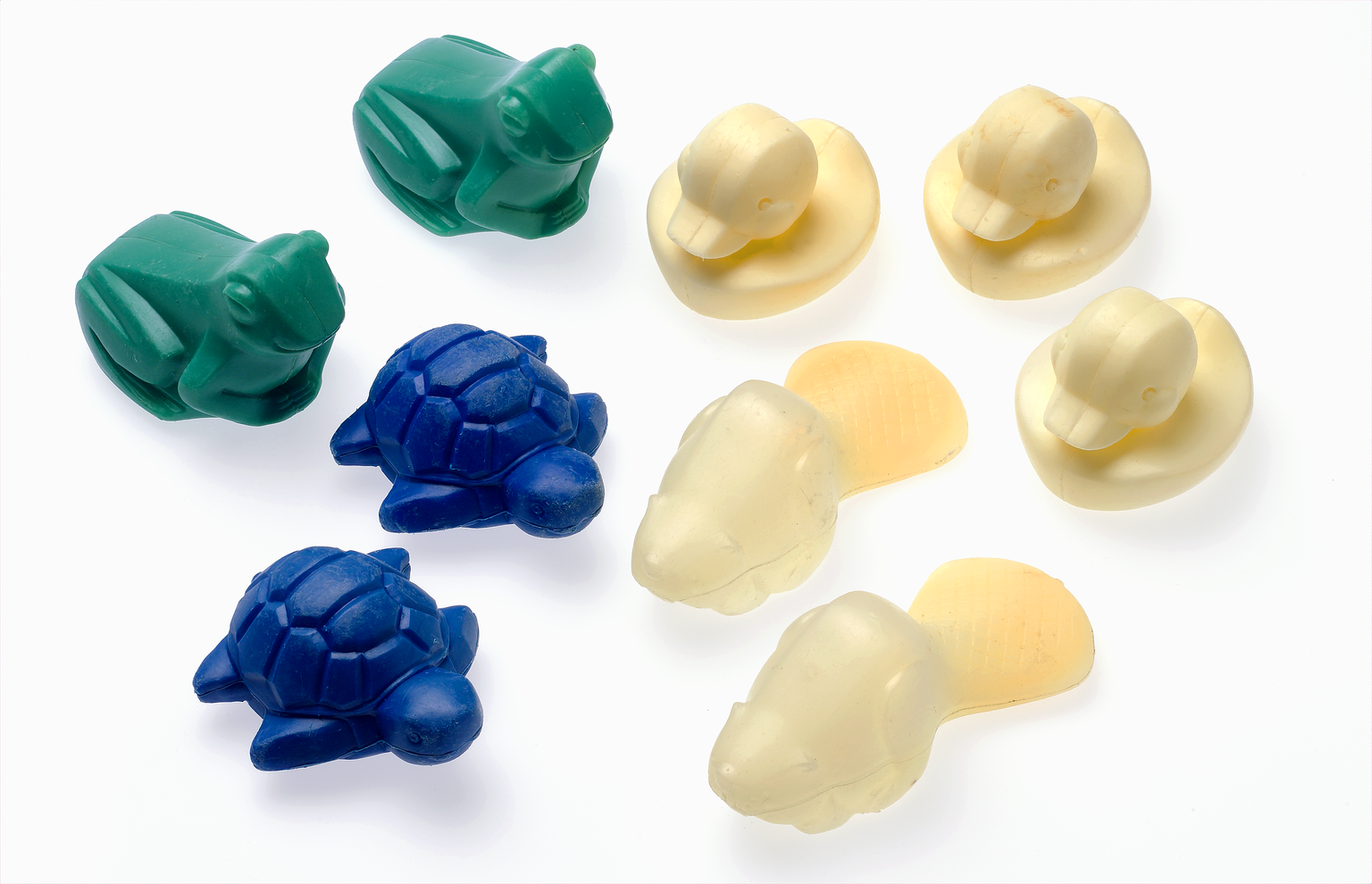
Another favourite has been the bath toys which served an unexpected scientific purpose. They were part of a consignment of nearly 30,000 plastic toys that fell into the North Pacific from a container ship in 1992 and inadvertently became part of a massive scientific study. Beachcombers have been finding these toys across the globe ever since, helping oceanographers refine scientific models of ocean surface currents.

Finally, we recently came across this column sundial, which joined the collection from the V&A in 1914. Made with gilt bronze between 1531-1570, the sundial has relatively rare decorated zodiacal scales.
It’s similar to a pillar dial depicted along with other scientific instruments in Holbein’s The Ambassadors, a famous painting housed in the National Gallery in London.
Once we inventory the objects, the next stage in the process is for them to be photographed. Tune in next month to find out more.
On Friday 22 March 2019 we organised our first #ObjectLottery on Twitter. You Tweeted shelf numbers to us and we responded with objects from that shelf. Click the Tweet below to see all the objects we shared.
